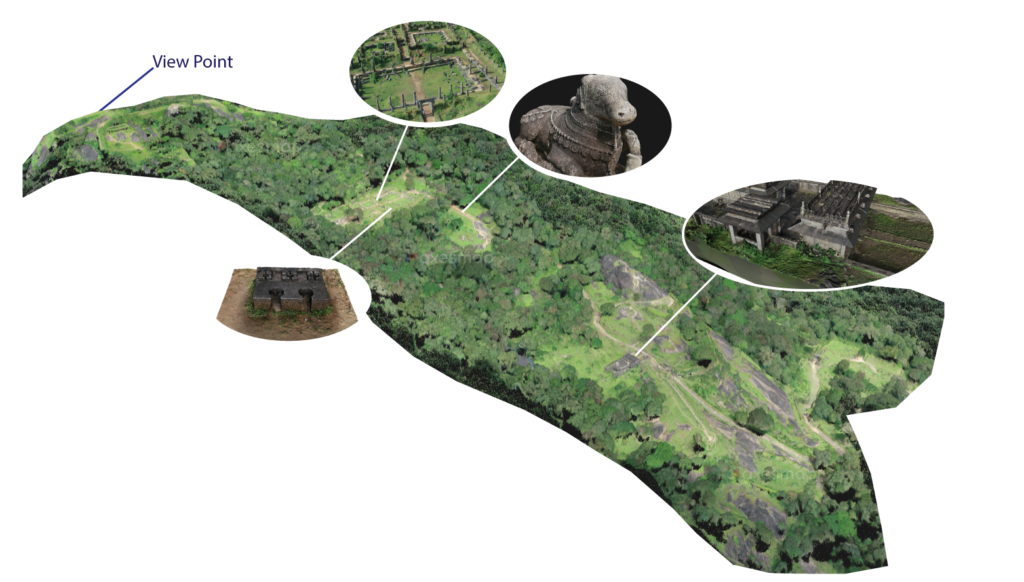Kavaledurga is a grand fortification situated on a slope at an altitude of 1541 meters. Among the numerous fortresses of Karnataka, one that can’t be missed is Kavaledurga in the Shimoga district. Fascinating stories and legends are surrounding the numerous sanctuaries of various gods that are labeled on this post. According to Hindu mythology, this location was known as Parashurama Kshetra during the Krita Yuga. Agastya and Valmiki stayed here during the Treta Yuga. According to Dvapara Yuga legends, the Pandavas stayed here for a long time. In the Skanda Purana, Bhuvanagiri Durga also called as Kavya Vana and Kapila Durga.
About the Fort
This Fort is demolished to an enormous degree and what remain are two posts and the Mylaareshwara sanctum. There were 15 temples of which just three temples are noticeable today are Sri Lakshmi Narayana, Kashi Vishwanatha and Shikareshwara The remaining parts of the ones amazing and wonderful imperial royal residence with Darbar corridor returns us to past. We can likewise observe the remaining parts of the Jail, Ammunition house, pools, Ghalige Battalu (An antiquated copper pot utilized for time estimating before the appearance of current timekeepers and watches) and the Royal pony and elephant stable.

The eminent Kashi Vishwanath Temple
The Kavaledurga Fort’s fourth entrance leads to a vast field dotted with numerous relics, the most notable of which is the Kashi Vishwanath Shrine. Two transcendent columns stand apathetically in the courtyard of the sanctuary, which displays the brightness of sanctuary engineering during the rule of the Keladi lords. On the outer divider, the carvings of the outfitted soldiers, the three-headed winged horses, the winds, the sun, the moon, and the elephants show simplicity and elegance in execution and ornamentation.
Relics of an overlooked time
As one leaves the sanctuary complex and walks towards the summit, one comes across a few ventured wells cut into the slope slants. The site is littered with a statue of Nandi, most likely from the temple, a messed-up tub, and a few stone service items. The proximity of the wilderness becomes unmistakable as one ascends higher, with the pathway also disappearing under a carpet of grass before one crosses over the remains of the royal residence.
Ruins of a palace in the fort
The remnants of the castle in the fortification have been uncovered. In view of the fact that only the plinth survives, it provides an indication of the architecture in which one can recognize the main hallway where the court would have been held, the laundry room, and the kitchen where the extended supper would have been cooked for the sovereign. A few columns that would have bolstered the royal residence currently lay on the plinth apparently lost without the superstructure. Behind the royal residence, a stepwell with a curious T-shape likewise endures – a demonstration of the water stockpiling and the executive’s procedures utilized in the former times.

Digital Heritage
These structures have only recently begun to disintegrate as a result of the ongoing change in climate conditions, and they will fully disintegrate without leaving any traces for future generations. The #DigitalHeritage project by Axesmap, which includes digitising the Kavaledurga fort, come into play here. It includes Kashi Vishwanath Temple, Nandi statue, and Ruins, which were created by taking images of these famous landmarks or statues from all sides and turning them into 3D models.
Click here or write to hello@axesmap.com to access 3D files

